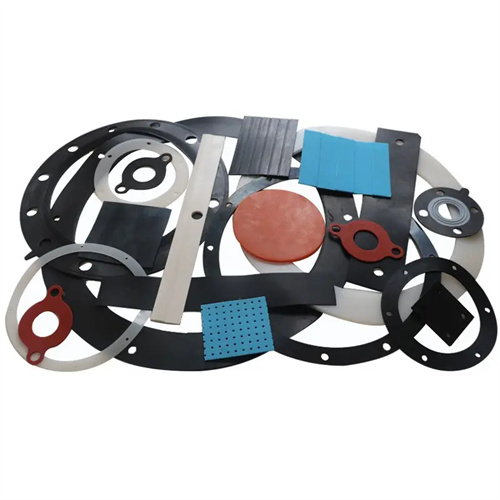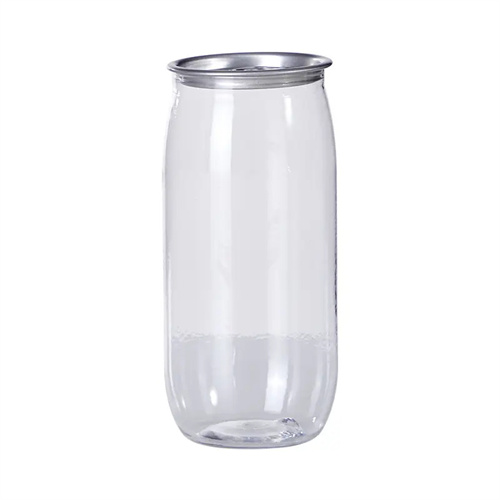Composition of injection molding gating system
The injection molding gating system consists of four core components: the main runner, branch runners, gate, and cold well. These components work together to ensure smooth melt flow from the injection molding machine nozzle into the mold cavity. The main runner is the critical channel connecting the nozzle and the branch runners. The main runner is typically designed with a conical shape, with a taper of 1°-3°, to facilitate mold release. Its small end diameter is 0.5-1mm larger than the nozzle diameter (e.g., for a 12mm nozzle diameter, the small end of the main runner should be 12.5mm) to prevent melt leakage. The nozzle radius of one injection molding machine is 18mm, corresponding to the spherical radius of the main runner, which is designed to be 20mm. This ensures a close fit and a contact pressure exceeding 5MPa, preventing flash during high-pressure injection molding. The main runner length should be minimized (generally no more than 150mm). For example, by optimizing the mold plate layout, the main runner length of one large mold was shortened from 200mm to 120mm, reducing melt pressure loss by 15% and injection energy consumption by 8%. The main channel bushing is made of SKD61 material with a surface hardness of over HRC50. After nitriding treatment, its wear resistance is significantly improved and it can withstand the use requirements of more than 500,000 mold cycles.

Runners serve as transition channels between the main runner and the gate. Their design must rationally distribute the melt based on the number and layout of cavities, ensuring uniform filling across all cavities. The cross-sectional shape of the runner significantly influences flow resistance. A circular cross-section (8-12mm diameter) has the smallest specific surface area (0.5/d), minimizing heat loss from the melt and making it suitable for temperature-sensitive materials such as PC and PA. A trapezoidal cross-section (10mm upper base, 8mm lower base, 6mm height) is simple to process and commonly used in small and medium-sized molds. A six-cavity toy mold utilizes an H-shaped runner layout, with the length difference between each branch kept within 5mm. Combined with the varying diameters (6-8mm), this design achieves pressure balance and maintains a filling time variation of less than 0.5 seconds across cavities. The runner surface roughness must be kept below Ra1.6μm to prevent turbulence on the rough surface. In one case, poor runner polishing (Ra3.2μm) resulted in a corrugated defect in the molded part; re-polishing eliminated the defect. For multi-cavity molds, the volume of the runners accounts for about 60%-70% of the total volume of the casting system. Reasonable design can reduce the weight of the agglomerate. By optimizing the runner layout, a mold can reduce the agglomerate weight from 80g to 50g, and the raw material utilization rate is increased by 37.5%.

The gate is the part of the gating system that connects directly to the mold cavity. Its size and shape directly influence the melt filling characteristics and part quality, acting as the “gate” that controls melt flow into the mold cavity. Point gates typically have a diameter of 0.5-2mm and are suitable for parts with high aesthetic requirements, such as mobile phone cases. Their advantage is a minimal gate mark (diameter under 0.8mm), requiring no post-processing, but care must be taken to prevent melt jetting. Side gates are typically 1-1.5 times the part wall thickness (e.g., a 2mm-thick part with a side gate width of 2-3mm). They are suitable for flat-panel parts and offer easy adjustment, but they can leave a mark on the side. A television front bezel utilizes a submerged gate with a depth of 0.8mm and a 45° angle to the part surface. This ensures aesthetic quality while also allowing the gate solids to automatically break off during mold opening, making it suitable for automated production. The gate should be located away from the stress-bearing parts of the plastic part. For example, the gate of a car seat belt buckle was originally designed near the stress point, resulting in insufficient tensile strength. After the gate was moved to the non-stressed edge, the strength increased by 25%, meeting safety standards.

A cold slug well, an auxiliary component of the gating system, collects cold slugs at the melt front, preventing them from entering the mold cavity and impacting part quality. It’s typically located at the end of a sprue or at the junction of a runner. The depth of a slug well in a sprue is generally 1.5-2 times the slug diameter (e.g., for a 10mm diameter slug well, the depth is 15-20mm). It incorporates an inverted cone or spherical structure to prevent slug accumulation. In a PA6 gear mold, the lack of a cold slug well allowed cold slugs to enter the cavity, resulting in cold spots on the gear tooth surfaces. Adding a cold slug well 18mm deep eliminated the cold spots and improved tooth surface accuracy to IT7. Runner cold slug wells are commonly used in multi-cavity molds. Installing a cold slug well with a diameter of 5-8mm and a depth of 10mm at the end of each runner effectively prevents cold slugs from entering the gate. In an 8-cavity connector mold, the inclusion of a runner cold slug well reduced the surface defect rate of cold slugs from 6% to 0.3%. The design of the cold slug hole also needs to consider the convenience of removing the slug. The cold slug hole with a Z-shaped pull rod can reliably pull the slug when the mold is opened, and cooperate with the ejection mechanism to smoothly demold the slug. The slug removal time of a certain mold was shortened from 3 seconds to 1 second, and the auxiliary time was reduced by 67%.

Auxiliary components of the gating system, including the sprue puller, sprue bushing, and retaining ring, don’t directly affect melt flow, but they are crucial to system stability and ease of operation. The retaining ring’s diameter matches the nozzle locating hole of the injection molding machine (typically 100mm or 125mm), ensuring the sprue and nozzle are coaxial, with a deviation of no more than 0.1mm, to prevent melt leakage and mold damage. The sprue puller’s design must be compatible with the cold slug well. Spherical sprue pullers are suitable for spherical cold slug wells and provide stable pulling force. In one mold, replacing the sprue puller increased the success rate of solidified material removal from 95% to 100%. The sprue bushing and mold plate utilize an H7/m6 transition fit to prevent loosening under high pressure. The spherical inlet radius is 1-2mm larger than the nozzle to ensure good contact. In one mold, inaccurate sprue bushing positioning resulted in sprue eccentricity, increasing melt flow resistance and increasing injection pressure by 20%. Adjusting the coaxiality between the retaining ring and sprue bushing to within 0.05mm restored pressure to normal. The precision control of these auxiliary structures (such as verticality of 0.01mm/m) is the basis for the long-term stable operation of the casting system. A high-precision mold has achieved 500,000 molds of trouble-free production by strictly controlling the tolerance of the auxiliary structures.
